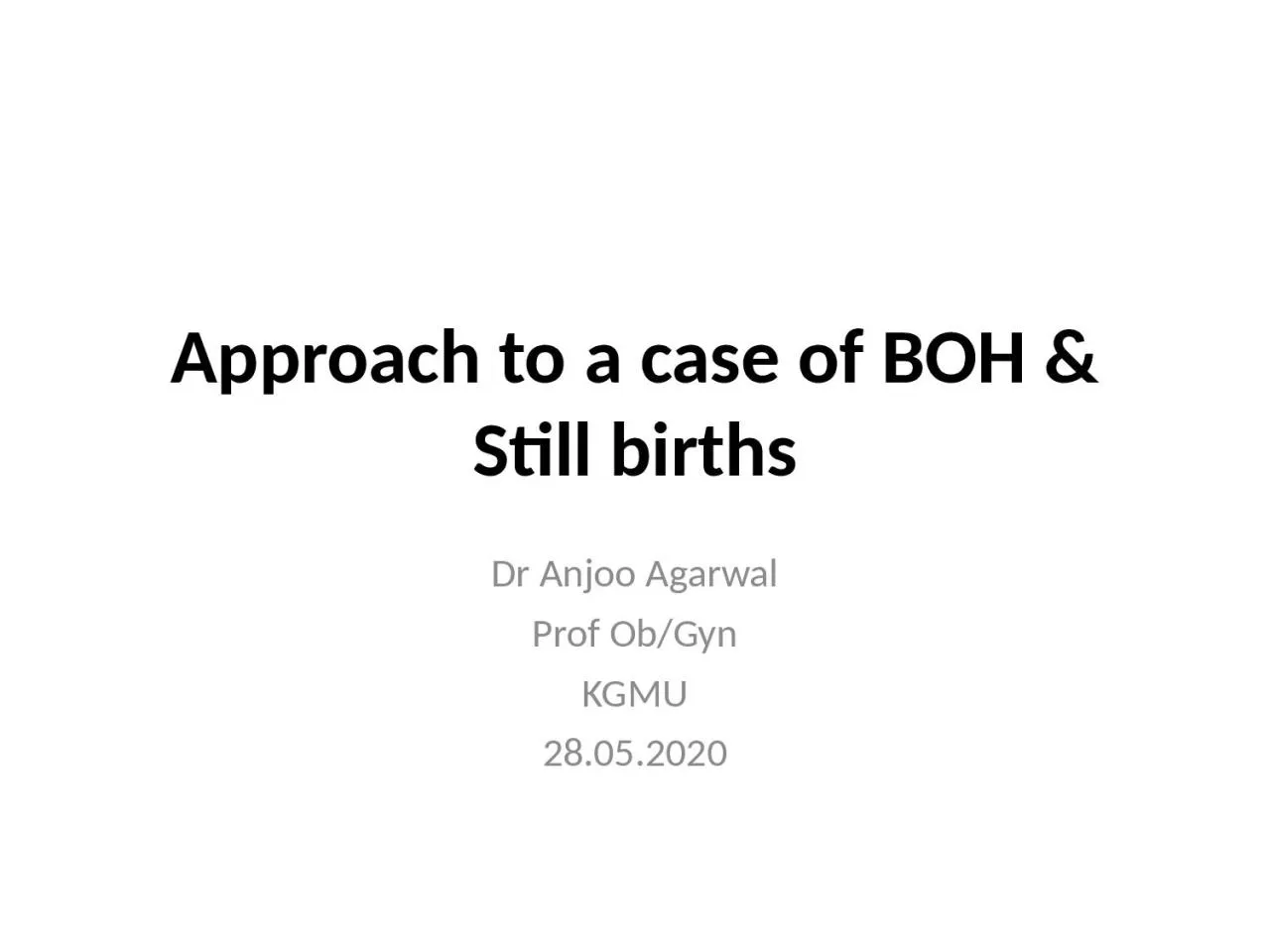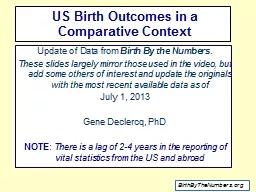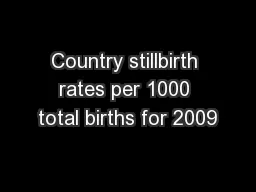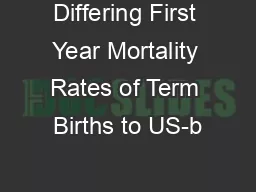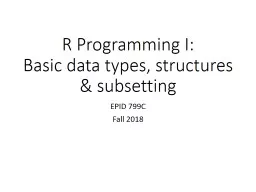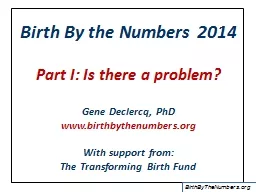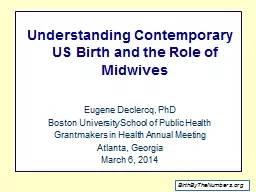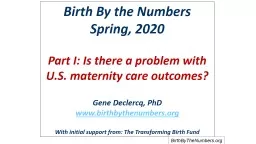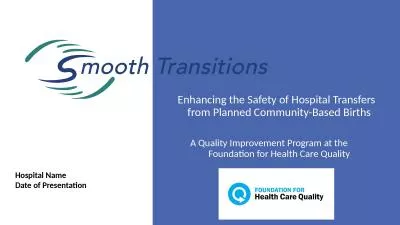PPT-Approach to a case of BOH & Still births
Author : nicole | Published Date : 2022-06-01
Dr Anjoo Agarwal Prof Ob Gyn KGMU 28052020 What is BOH Any event in the obstetric history of a pregnant woman which affects the outcome of the present pregnancy
Presentation Embed Code
Download Presentation
Download Presentation The PPT/PDF document "Approach to a case of BOH & Still bi..." is the property of its rightful owner. Permission is granted to download and print the materials on this website for personal, non-commercial use only, and to display it on your personal computer provided you do not modify the materials and that you retain all copyright notices contained in the materials. By downloading content from our website, you accept the terms of this agreement.
Approach to a case of BOH & Still births: Transcript
Download Rules Of Document
"Approach to a case of BOH & Still births"The content belongs to its owner. You may download and print it for personal use, without modification, and keep all copyright notices. By downloading, you agree to these terms.
Related Documents

